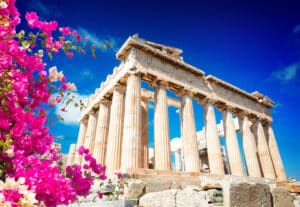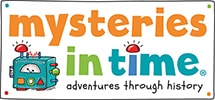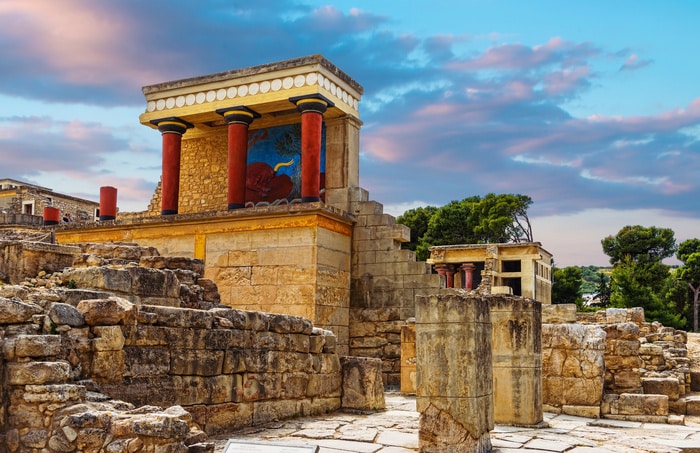Greetings, dedicated educators and parents! Today we explore an innovative, all-encompassing approach to education—cross-curricular learning. This strategy intricately weaves subjects like Literacy, Numeracy, Science, Geography, Art and ICT (Information and Communication Technology) into the tapestry of History education, providing a comprehensive and immersive learning experience.
The Cross-Curricular Learning Odyssey
Cross-curricular learning is like assembling an educational puzzle with pieces from various subjects. This broad approach urges students to investigate a single topic across different disciplines, allowing a deeper understanding of the subject matter.
Picture the exploration of Ancient Greece through this multi-disciplinary lens. Students delve into the historical narratives in their History lessons, examine related literature in Literacy, comprehend associated scientific principles in Science, probe the geographical characteristics in Geography, express their understanding through Art, and research and present their findings using ICT tools. The collaboration of these subjects results in an extraordinarily integrated and meaningful learning journey.
The Benefits of Cross-Curricular Learning
Incorporating cross-curricular learning in our lessons offers significant advantages. Here are the key points:
- Boosting Engagement: Cross-curricular learning makes lessons more engaging. The thrill of students as they construct historical timelines, portray scientific concepts in art, or create interactive presentations is a testament to the effectiveness of this approach.
- Enhancing Understanding: This strategy deepens comprehension by providing diverse angles of a single topic. It’s like exploring an archaeological site from multiple perspectives, yielding a thorough grasp of the subject matter.
- Creating Real-world Connections: Cross-curricular learning enables students to perceive the interconnectedness of various fields of knowledge. Understanding how historical events influenced scientific discoveries, geographical landscapes, and digital technologies fosters a coherent worldview.
Putting Cross-Curricular Learning into Action with Ancient Greece
Let’s now illustrate a practical example of cross-curricular learning with the study of Ancient Greece. Through this voyage, learning becomes more than a collection of facts—it evolves into a vivid, memorable experience that ignites curiosity and fosters a lasting love for learning.
The adventure begins in English Literacy lessons, where students plunge into the realm of Greek mythology, reading about gods, goddesses and mythical creatures. They may even create their own myth, weaving a narrative with the vibrant language and dramatic flair of ancient storytellers.
In Numeracy lessons, learners can explore the Ancient Greeks’ contributions to mathematics, discussing the works of famous Greek mathematicians like Pythagoras.
Science lessons can delve into the discoveries made by Ancient Greek scientists, like Archimedes’ principle of buoyancy, integrating historical context with scientific understanding. Why not carry out a practical lesson with objects placed into a full glass of water? Or learn about the planets that are named after Ancient Greek gods.
Geography classes can analyse the topography of Greece and how its physical geography shaped its city-states, trade and maritime power. Map-work can focus on locating the historical city-states and locations such as Mount Olympus and Marathon. Learn about the real-life locations that are mentioned in myths, such as the home of the mythical Minotaur in Knossos in Crete.

In Art, students can learn about and create their own versions of Greek pottery or sculpture, design a mythical creature or even build a mini Parthenon. Learn about the typical designs in Ancient Greek architecture and where can you see these features in modern buildings, such as the Whitehouse in the USA.
In PE lessons, learn about the original Olympic Games and why they were created. After focusing on the facts of the past and how the Modern Olympic Games are different, why not create a mini Olympics?!
Finally, in ICT, learners can employ digital tools to research and present their understanding, building interactive timelines, crafting digital artwork or even designing a simple game set in Ancient Greece.
Bringing It All Together: The Transformative Power of Cross-Curricular Teaching
In a cross-curricular approach, each subject contributes a piece to the greater puzzle, and students have the privilege of putting these pieces together to form a vivid, detailed picture. By interlinking these disciplines, learning becomes an exciting, interconnected odyssey that is more meaningful and impactful for students.
Let’s harness the power of cross-curricular learning as educators and parents, to enhance our young scholars’ learning experience, and prepare them for a world where the fusion of disciplines is increasingly pertinent.


